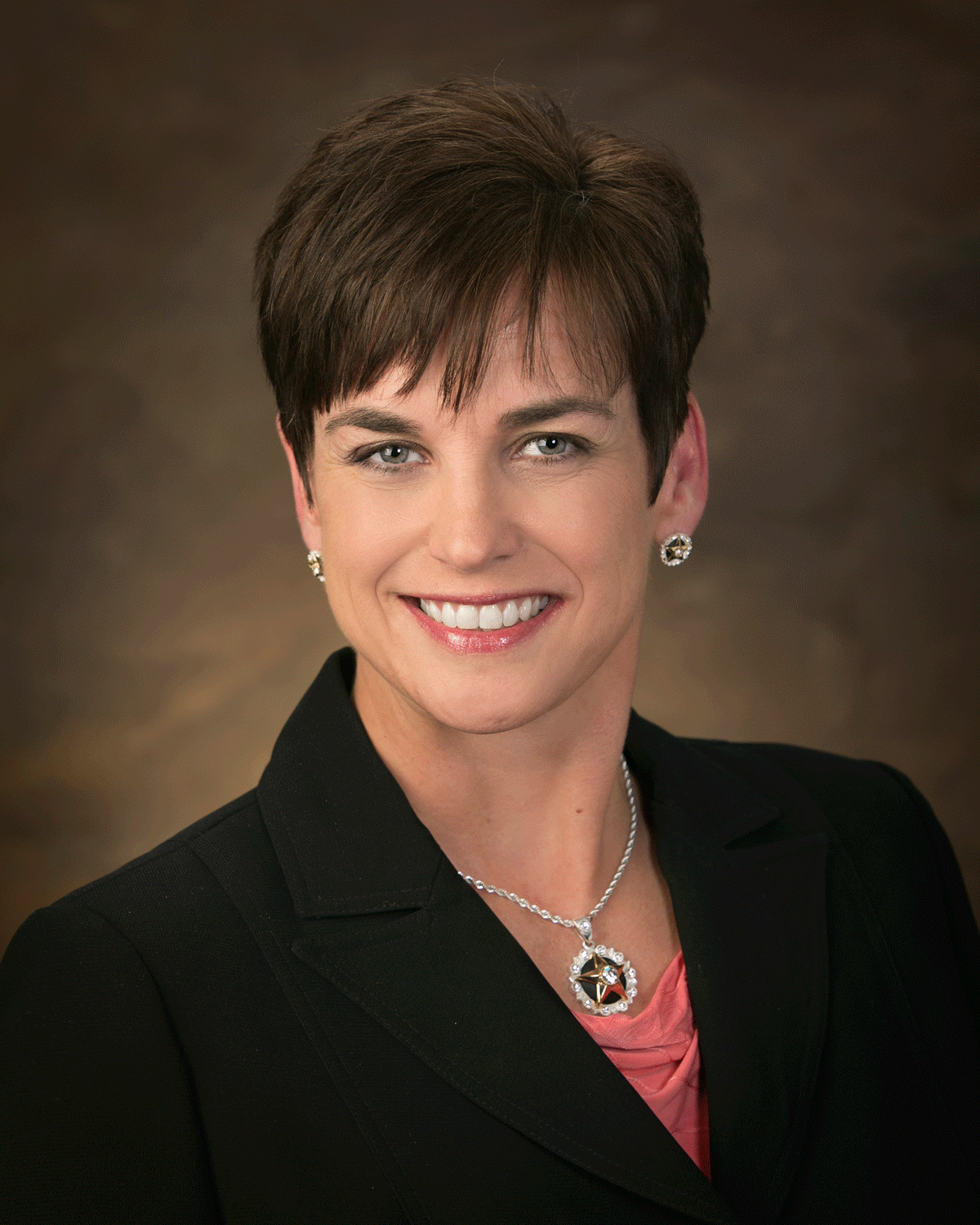Among the most gratifying aspects of the cattle industry is its multi-generational nature. For instance, I grew up listening to my grandpa’s stories of raising cattle and taking them to the stockyards, and riding with my dad while we showed the calf crop to a field man for the auction market. We would sit in the sale barn with nervousness and pride as our calves went through. I never considered a life without cattle.
I’m not unique in that. Families have taken a tremendous amount of pride in their work and this lifestyle for more than a century. Whatever your role in the industry is, I hope you have a story of satisfaction and success (or better yet, several) while being in the beef-raising business.
One of the stories that should bring you pride is when consumers hear: “Beef. It’s What’s For Dinner.” Your checkoff dollars over the past quarter century have helped make this a successful, well-recognized brand throughout the country, and Beef Checkoff Program efforts continue to utilize this slogan to show consumers just how nutritious, convenient and delicious beef is for their families, as well as describe our efforts in raising beef animals.
For example, a “Rethink the Ranch” series of campaign videos this year demonstrates that we in the industry are careful stewards of beef animals, and share the consumers concern about how food is produced. Another campaign element, “nicely done, beef” digital advertising, is positioning beef to consumers as the true combination of good taste and nutrition it is. Research-based information delivered to health professionals is another element of the checkoff-funded campaign.
For decades, the multi-generational families that make up the beef community have embraced the checkoff as a method of celebrating their product. In fact, way back in 1922 people who raised cattle started pooling their efforts to promote beef, at the rate of 5 cents per railcar load. Those folks were innovators. It just makes sense that if you enjoy doing something like raising cattle, you had better do what you can to help promote your product.
The pride and desire to promote beef in a collaborative effort has certainly not faded from generation to generation—nor has the desire to be in control of it at the most local level. Several states initiated their own beef checkoff programs in the 1950s and 60s, beginning with California and Montana in 1954, followed by Alabama and Florida in 1955.
The Federation of State Beef Councils was officially formed in 1963 as a national voice for these state cattle producer efforts. Through the next two decades, more states got on board. State checkoff collections rose significantly from 1980 to 1985, from $6.8 million to $18.6 million. All of this was prior to the current mandatory checkoff written into the 1985 Farm Bill, and a producer referendum on it in 1988, with more than 79 percent voting in favor of retaining it.
Among expectations of producers back then was that a national self-help program would have producer input with strong state controls, while retaining state-national program coordination. That expectation was written into the Act and Order. What a smart design. What more can a person ask for than to have the opportunity to represent the dollars they invest, and to directly monitor their investment?
I understand many people in our industry can’t take the time to sit on a board, but they can depend on fellow producers to speak on their behalf. Those who feel strongly about how dollars should be invested have many ways for getting their views across—including seeking a board seat in their respective state, and going on to represent their fellow producers on national committees and boards.
Generations are important in our industry. Along with our wonderful memories and experiences, we can thank our predecessors for creating some intelligent foundations on which to build as we promote and celebrate the industry we love.
—Dawn Caldwell, Federation of State Beef Councils chair, and her husband, Matt, live at Edgar, Nebraska, and have a cow-calf operation in south central Nebraska and north central Kansas.



